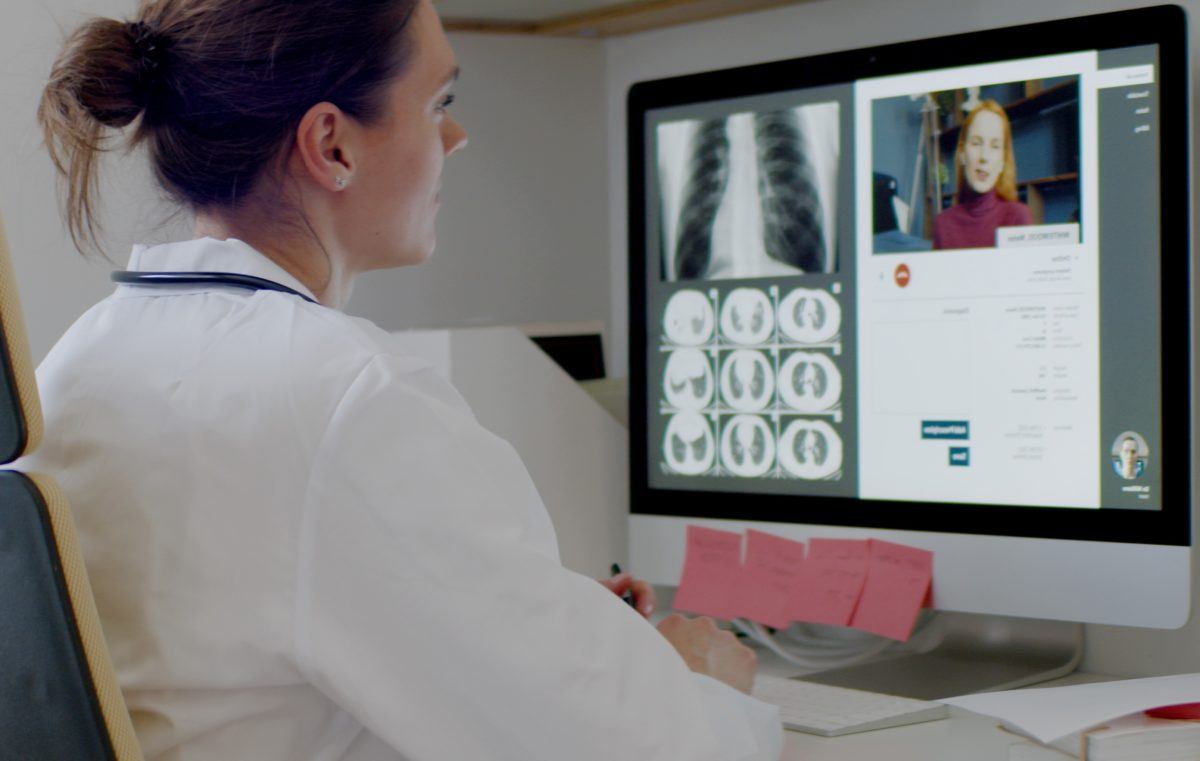Inside Mexico’s Modern Digital Healthcare Revolution
Mexico is growing at an unprecedented pace. As in any country, widespread population growth leads to a growing need to modernize healthcare in order to improve access and quality of care. With a current population of more than 120 million people, the Mexican government and the healthcare industry are seeking new technological solutions to traditional healthcare challenges. The digitization of medical records and implementation of new hospital information systems are some of the core strategies Mexico is using to achieve improvements on a national scale.
Over the past several decades, the Mexican government has put forth an ambitious initiative to steadily improve the overall quality of healthcare by analyzing data from national health records. This study revealed a large number of its citizens lack health insurance which in turn affects access to consistent and, in many cases, preventative healthcare. Despite financial issues and infrastructure limitations, Mexico has continued to move forward with public health reforms, gradually raising public health expenditures by nearly 50 percent.
Following these large-scale economic reforms, Mexico has since passed several acts to push progressive healthcare initiatives including providing Popular Health Insurance (Seguro Popular) for over half of the population. Most recently, the country has implemented a prevention-focused healthcare model in hospitals and in society as a whole by promoting social participation and the development of healthier environments. A partnership between public and private businesses has developed to assist in greater health advocacy as well as in the construction of several new hospitals, bringing the total to over 6,000 across the country.
Today, as modern health challenges like obesity and diabetes strain the nation’s healthcare system.Today, as modern health challenges like obesity and diabetes strain the nation’s healthcare system. Mexico continues to strengthen its resolve to improve the health and wellbeing of all of its citizens. A major step forward is the digitization of the healthcare system and implementation of electronic health record systems which has been shown to improve the quality of patient care and to provide a broad range of data which allows for tracking of health-related trends.
Mexico City Leads the Way in Mexico’s Modern Health Reform
By making medical records digital, Mexico City hopes to:
- Increase efficiency in resources and clinical management processes
- Provide cost reduction
- Increase data security
- Reduce patient wait times
- Improve the quality of patient health data
- Archive patient health history including: allergies, vaccines, family history, and more in order to provide better quality decision-making in the provision of health services
- Facilitate the collection of health statistics necessary to define and improve public health programs
The decision to digitize Mexico City’s health care system and implement electronic medical records within its hospitals is an important first step in improving overall public health. The digital collection and storage of medical data empower Mexico’s healthcare industry to not only reach more patients, but it also provides a powerful tool in the goal of reversing the trend of chronic illnesses such as diabetes and obesity.
What Healthcare Information Technologies are Being Used in Mexico’s Healthcare Revolution?
Electronic Medical Records
What is an Electronic Medical Record?
An electronic medical record is a digital version of health information that is collected from a patient’s health history as well as from test results and physician exams. Historically, these have been stored as paper records in a medical chart. With the advent of an electronic version of the patient’s medical record, this data is entered through a computer, tablet or mobile device to a secure single server or what is referred to as “in the cloud” which means the data is backed up and protected through the use of several servers performing the same function. What this provides for clinicians and hospital staff is immediate access of pertinent patient data across departments; for example, a lab test result, a signed consent form, an approval for a procedure – all of this data is available at the time of its creation without having to wait for delivery of a physical piece of paper to inform the healthcare provider. This results in reduced wait times for decision making, treatment and information being relayed to the patient themselves.
Electronic Medical Record’s Role in Hospitals
From the patient’s perspective, hospitals are synonymous with long wait times, delayed appointments, and a crowded environment. The implementation of a hospital information system and an electronic health records system alleviates these negative experiences for both patients and hospital staff alike. With the implementation of an electronic hospital management system, workflow efficiency and access to patient data greatly increase. Electronic medical records allow doctors and medical professionals to instantly communicate patient information with all applicable staff and departments, at any time. With flexibility and efficiency, this improvement in hospital information systems allows hospitals to operate smoothly and allow for more time for direct patient care.
Hospital Benefits of Going Digital
There are many benefits of converting a nation’s hospitals to a digitalized system.
Some of the most important advantages include:
- Improved Accuracy – Incomplete documents and illegible handwriting can make information hard to access but with electronic medical records, easy access and faster comprehension of data is possible.
- Reduced Costs – Paper records incur more costs due to the high level of management and clerical staffing personnel required as well as physical space for record storage over decades; Electronic medical records reside in a space either as small as a computer server or in cloud storage which requires no physical space in the hospital facility. Medical records staff is greatly reduced as is the physical task of caring for literally tons of physical paper records. This results in both economic and environmental conservation.
- Improved Risk Management – By using electronic medical records, doctors and other medical personnel can efficiently track patient data, perform safety audits of records, and act upon potential risks with limited liability.
- Reduced Errors in Diagnosis Process – The diagnosis process of a patient requires the careful analysis of multiple results. Through electronic submission of data, user-generated errors are greatly reduced.
- Increased Overall Security – With digitization, constraints on user access can be placed, ensuring that files will be secured and only accessed by authorized personnel.
- More Healthcare Service for More People – EMR use increases productivity and improves workflow, this means that hospitals are able to see more patients on a day to day basis.
- Continuous Updates – Electronic medical records allow for quick and easy storage of data on multiple platforms. This means that a patient’s health history is organized, kept up to date and is always current.
How Do Electronic Medical Records Help Individuals?
In addition to the advantages of a society’s ability to understand chronic and acute illness trends and craft solution’s to chronic health issues based on that data, there are advantages to the individual. Digitizing the patient record allows any one person to access their relevant patient information throughout their lifetime. Increased interoperability between hospitals and information systems means patients and the health professionals who treat them are able to access pertinent patient data when and where they need it most. This increases the quality of care, and allows for more accurate diagnoses now and into the future.
What’s Next for Mexico?
Both government-led and private health institutions-led initiatives to implement the electronic health record system in Mexico continue into the present day. More hospitals are adopting digital strategies to provide boundless benefits to the health of their nation, its people, and its healthcare providers. HarmoniMD and its team are dedicated to help advance these nationwide initiatives. You can read about how our electronic health records have helped local hospitals firsthand here.



